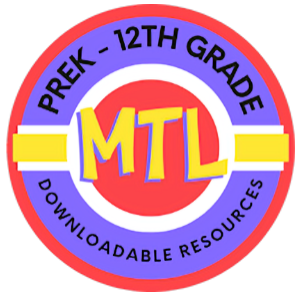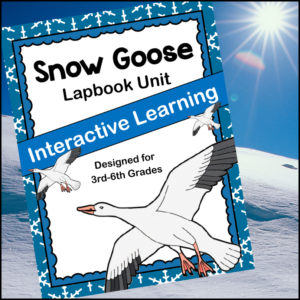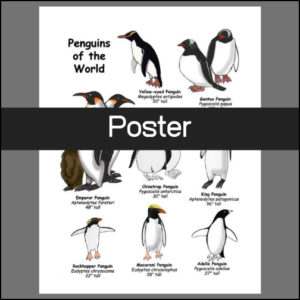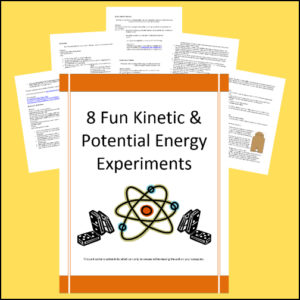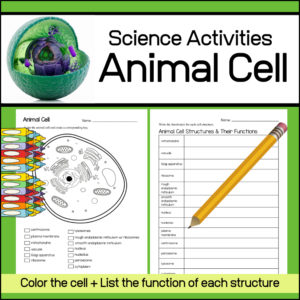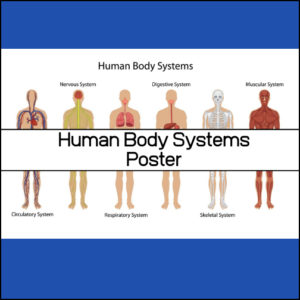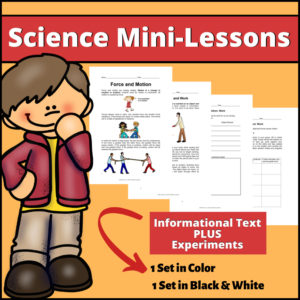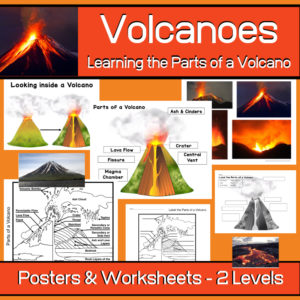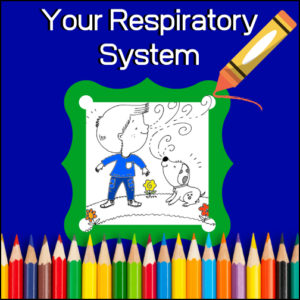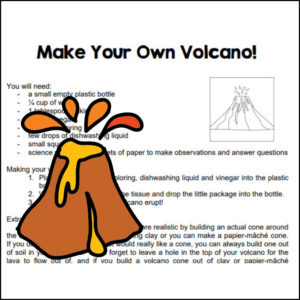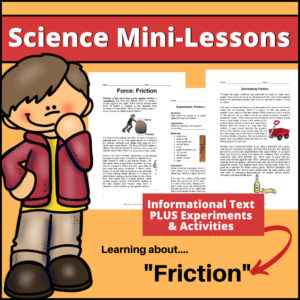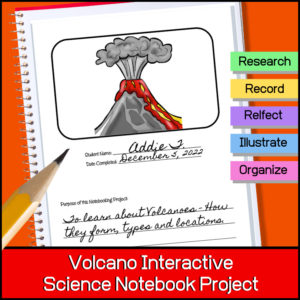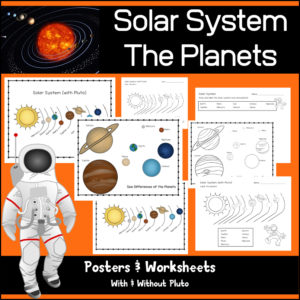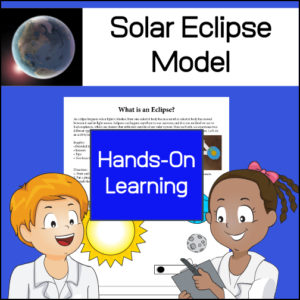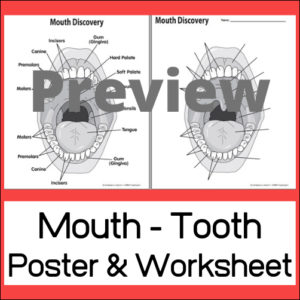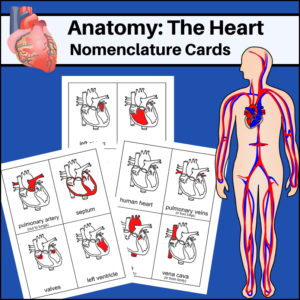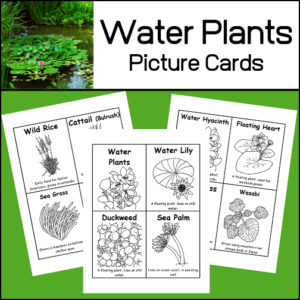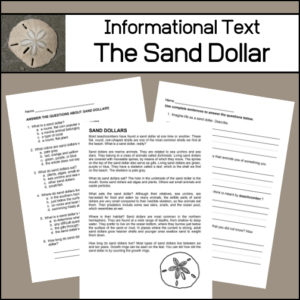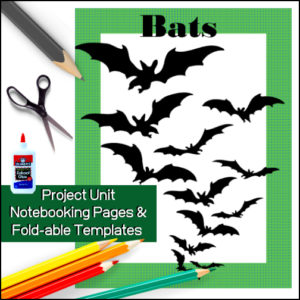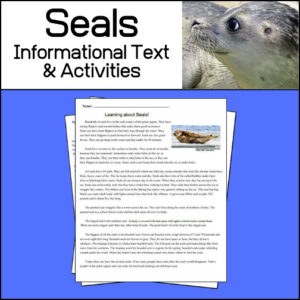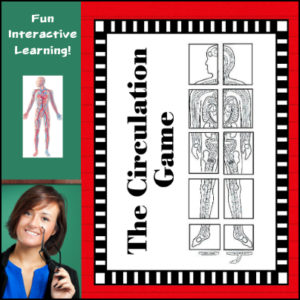Showing 101–120 of 124 results
-
$4.99Buy Now
This resource contains everything your students need to complete it. No need to do additional research, although this should be encouraged. So whether you are looking for a completely self-contained unit or one that allows for in-depth study, this is it…Snow Goose Lapbook Unit!
Students will study all aspects of the Snow Goose’s life, vocabulary related to the informational reading contained within the unit, complete map work and more.
-
$2.00Buy Now
Kinetic energy is energy possessed by an object due to its motion or movement. Potential energy is the stored energy of position possessed by an object. Here are eight experiments for students to perform which display chemical energy! Experiments include:
1. Rube Goldberg Machines
2. Homemade Marble Run
3. Bucket Spin
4. Salad Spinner Art
5. Rubber Band Vehicles
6. Rubber Band Car
7. Flywheel Battery
8. Pendulum of Peril -
$2.00Buy Now
This Science / Biology resource includes 2 activity worksheets for students to help them review the structures / organelles of an animal cell and the main function(s) of each. Structures /organelles include: centrosome, plasma membrane, mitochondria, vacuole, Golgi apparatus, ribosome, lysosomes, rough endoplasmic reticulum, smooth endoplasmic reticulum, nucleus, nucleolus, peroxisome, cytoplasm
-
$1.50Buy Now
This classroom poster shows a visual representation of six body systems: circulatory, nervous, respiratory, digestive, skeletal and muscular.
-
$2.50Buy Now
Studying ‘Force & Motion‘ in your classroom? This Mini-Lessons resource has been designed to help students gain a greater understanding as well as to help them retain the information they are learning!
Includes:
- 2 Instructional text pages ( 1 on Force and Motion and 1 one on Force, Motion and Work)
- 2 Experiments (1 Cooperative Group experiment focusing on how ‘unbalanced forces cause motion‘ and to show ‘how energy can be transferred’. )
- 1 Worksheet Activity (Students will find and list examples of ‘machines and work‘ as well as draw an illustration.
-
$3.00Buy Now
Help students master their knowledge of the parts of a volcano with these posters, handouts and worksheets! This resource provides 2 levels of learning plus worksheets come with and without terms. (Landforms, Earth Science, Geology)
-
$3.00Buy Now
– In one minute, how much air do you breathe in?
– What does nose hair do?
– What is a bronchial tree?
– Do you breathe in carbon monoxide or carbon dioxide?Students will learn the answers to these questions and others as they color and read the pages of ‘Your Respiratory System Coloring Book’.
-
$0.50Buy Now
Fun, Science activity to make your very own volcano out of things you have around the house!
-
$2.00Buy Now
Studying ‘Forces & Magnets‘ in your classroom? This Mini-Lessons resource has been designed to help students gain a greater understanding as well as to help them retain the information they are learning!
-
$7.00Buy Now
Help your students become self-learners as the plan, research, organize and most of all…LEARN as they create their own Volcano notebook project. This cross-curricular resource has been designed to inspire and guide students through the learning and reporting process as they learn how volcanoes are formed, prediction of eruptions, types of volcanoes, where they are located and more.
-
$3.00Buy Now
This Solar System product will help students learn and reinforce their knowledge of the order of the planets and to be able to visual size differences of the planets! Each color poster has a duplicate b/w poster that can be used as a student handout. There are also worksheets for students to complete (with and without word banks). This resource provides 2 sets of all resources – One which includes the dwarf planet of Pluto and one that does not.
-
$1.00Buy Now
Students learn best through hands-on learning. This solar eclipse activity has been designed to help students visualize a solar eclipse by creating a simple paper model of one.
-
$1.50Buy Now
Help students learn the parts of the mouth and the types of teeth with this labeled poster and worksheet!
-
$2.00Buy NowThis resource,The Heart – Human Anatomy Nomenclature Cards, help students learn and study the location of the parts of the heart: pulmonary veins, aorta, vena cava, pulmonary artery, septum, valves, left ventricle, left atrium, right ventricle and right atrium.
-
$1.00Buy Now
10 plants that grow in water – picture cards. Each card includes the type of plant, a short description and a picture to color.
Plants included are:
– water lily
– duckweed
– sea palm
– water hyacinth
– floating heart
– watercress
– wasabi
– wild rice
– cattail (bulrush)
– sea grass -
$1.50Buy Now
This informational article will teach students about the sand dollar. They will learn that the little round, coin-shaped shell found on the beach is actually part of a marine animal, related to sea urchins and sea stars. They will also learn how living sand dollars move, that they aren’t ‘white’, how and what they eat and much more. After reading, students will complete two worksheets (multiple choice and short answer) to assess their comprehension / understanding of the material. Answer Key is provided.
Automated Readability Index: 4.8
Grade level: 8-9 yrs. old (Fourth and Fifth graders)
Linsear Write Formula : 5.6
Grade level: Sixth Grade. -
$2.00Buy Now
This informational text article will help students learn about seals, where they live, their physical characteristics and about several different types of this cold water mammal. After reading, students will complete a reading comprehension worksheet and write a story! Answer key provided.
-
$4.00Buy Now
Designed for 4th-8th grade, students will love playing this hands-on game as they…
- – deliver oxygen and food to the cells
- – have oxygen and carbon dioxide ‘ride’ on red blood cells
- – circulate red blood cells throughout the body – through the circulatory system (arteries and veins)
The first team to get all their oxygen to the cells, all the food to the cells, all the wastes to the kidneys and all the carbon dioxides to the lungs, wins the game!
